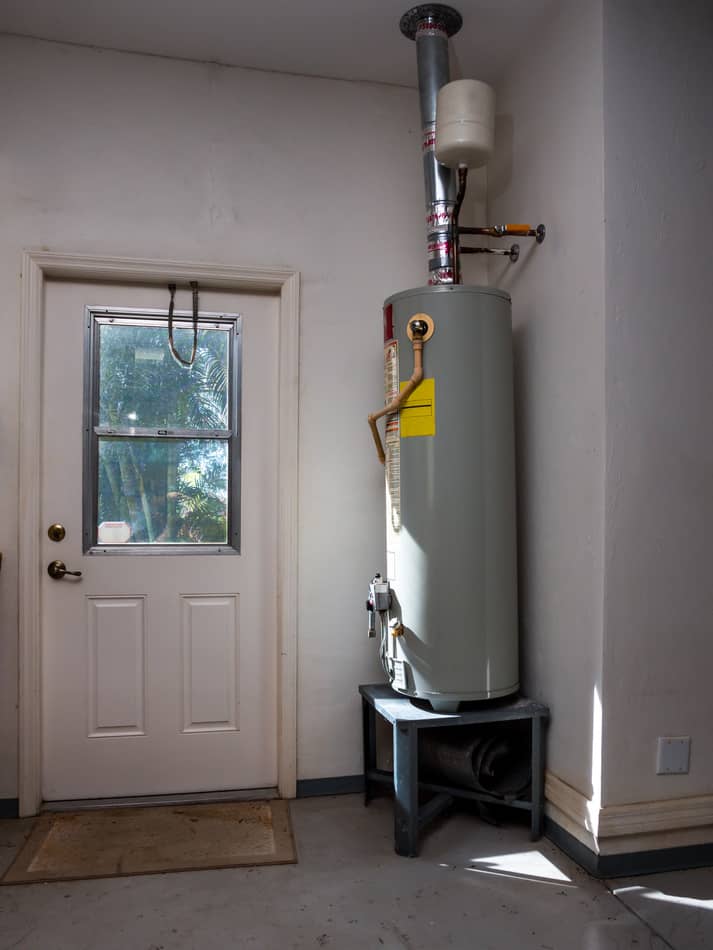Any individual has got their own individual conception in relation to Tips For Maintaining Your Hot Water Heater.

Hot water is necessary for everyday comfort, whether it's for a rejuvenating shower or washing meals. To ensure your hot water system runs efficiently and lasts longer, normal maintenance is essential. This article supplies practical ideas and understandings on exactly how to keep your home's warm water system to prevent disturbances and costly fixings.
Introduction
Preserving your home's warm water system might seem overwhelming, but with a couple of easy actions, you can ensure it runs efficiently for several years to come. This overview covers every little thing from comprehending your warm water system to DIY maintenance suggestions and recognizing when to hire specialist aid.
Importance of Preserving Your Hot Water System
Normal upkeep not just extends the life expectancy of your hot water system but likewise guarantees it runs successfully. Neglecting maintenance can result in lowered efficiency, higher energy expenses, and even early failing of the system.
Indicators Your Hot Water System Requirements Upkeep
Knowing when your warm water system needs interest can protect against major problems. Watch out for indicators such as irregular water temperature, odd sounds from the heating unit, or rustic water.
Comprehending Your Warm Water System
Prior to diving into maintenance jobs, it's handy to understand the basic parts of your hot water system. Generally, this consists of the hot water heater itself, pipes, anode poles, and temperature level controls.
Regular Monthly Upkeep Tasks
Routine regular monthly checks can help catch small issues before they intensify.
Flushing the Water Heater
Purging your water heater eliminates sediment buildup, improving efficiency and extending its life.
Monitoring and Changing Anode Rods
Anode rods avoid corrosion inside the tank. Checking and replacing them when worn is important.
Examining and Adjusting Temperature Level Setups
Changing the temperature settings ensures optimum efficiency and security.
DIY Tips for Upkeep
You can do numerous maintenance tasks on your own to keep your hot water system in leading condition.
Checking for Leaks
Regularly evaluate pipes and connections for leakages, as these can result in water damage and higher costs.
Examining Stress Relief Valves
Checking the pressure relief valve ensures it functions appropriately and stops excessive stress accumulation.
Shielding Pipes
Insulating warm water pipelines reduces warmth loss and can conserve energy.
When to Call a Specialist
While DIY upkeep is beneficial, some problems require expert proficiency.
Facility Issues Calling For Professional Assistance
Instances include significant leaks, electrical troubles, or if your water heater is regularly underperforming.
Routine Professional Upkeep Benefits
Expert maintenance can include thorough assessments, tune-ups, and making certain conformity with safety criteria.
Final thought
Normal maintenance of your home's hot water system is essential for efficiency, durability, and expense financial savings. By following these ideas and recognizing when to seek expert aid, you can guarantee a reliable supply of hot water without unforeseen disruptions.
Water Heater Maintenance Tips
Test the TPR Valve
Shut off the power and the cold-water supply valve. Place a bucket under the pipe connected to the temperature-pressure-release (TPR) valve on the top or side of the tank. (This valve opens if the tank pressure gets too high.) Lift the valve’s tab to let some water out, then let go. If water keeps flowing, drain the tank partway, unscrew the old valve with a pipe wrench, and install a new one. Check the Anode Rod
Put a hose to the tank’s drain cock and let out a few gallons of water. Now fit a 1 1/16-inch socket onto the rod’s hex head on top of the heater (or under its top plate) and unscrew the rod. If it’s less than ½ inch thick or coated with calcium, buy a new one, wrap its threads with Teflon tape, put it back in the tank, and tighten securely. Use this segmented rod if headroom above the tank is limited. Drain the Tank and Wash Out Sediment
Drain the remaining water in the tank into the bucket, then stir up the sediment on the tank’s bottom by briefly opening the cold-water supply valve. Drain and repeat until clean water comes out of the hose. Close the drain cock, refill the tank, and turn its power back on. Adjust the Temperature
Find the temperature dial on the side of the tank and unscrew its cover. Adjust the dial to 120 degrees using a flathead screwdriver. For every 10 degrees the temperature is lowered, you can expect to save up to 5 percent in energy costs. Turn the water heater off or the thermostat down to its lowest setting if you plan to be away from home for more than three days. Insulate the Pipes
Buy some self-sticking 3/8-inch-thick foam pipe insulation that matches the pipes’ diameter. Slide the foam over the hot-and cold-water pipes as far as you can reach. Insulating the cold-water pipe prevents condensation in summer. Peel the tape and squeeze the insulation closed. If the pipe is 6 inches or less from the flue, cover it with 1-inch-thick unfaced fiberglass pipe wrap. https://www.thisoldhouse.com/plumbing/21016402/how-to-maintain-a-water-heater

I was introduced to that write-up about What Kind of Maintenance Do Water Heaters Need? from someone on our other web page. Kindly take the opportunity to promote this page if you liked it. We appreciate your readership.
Book An Estimate Now